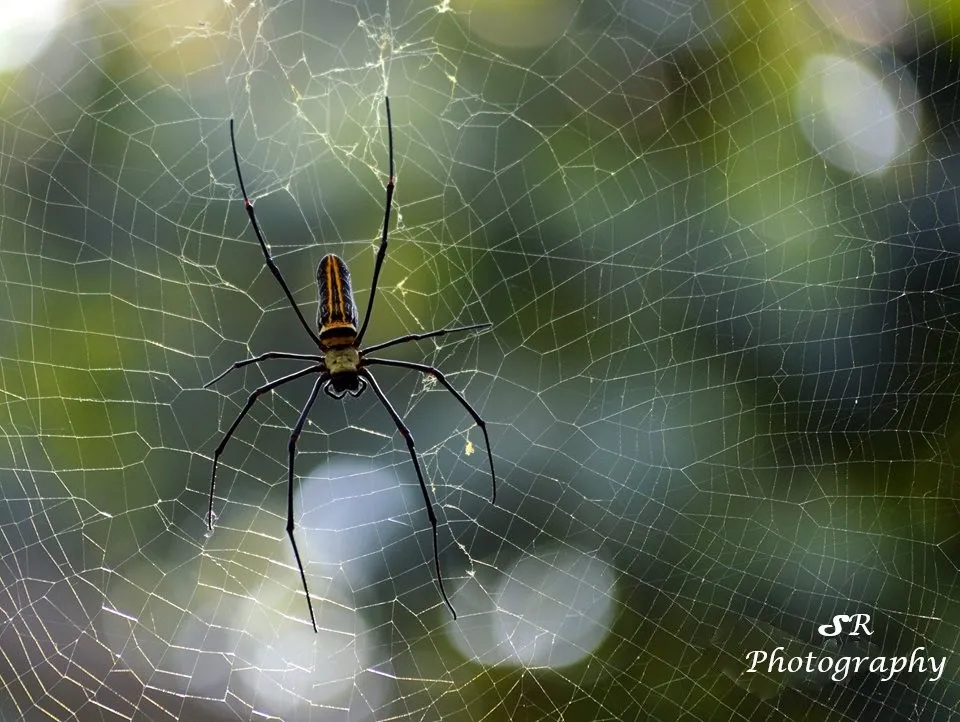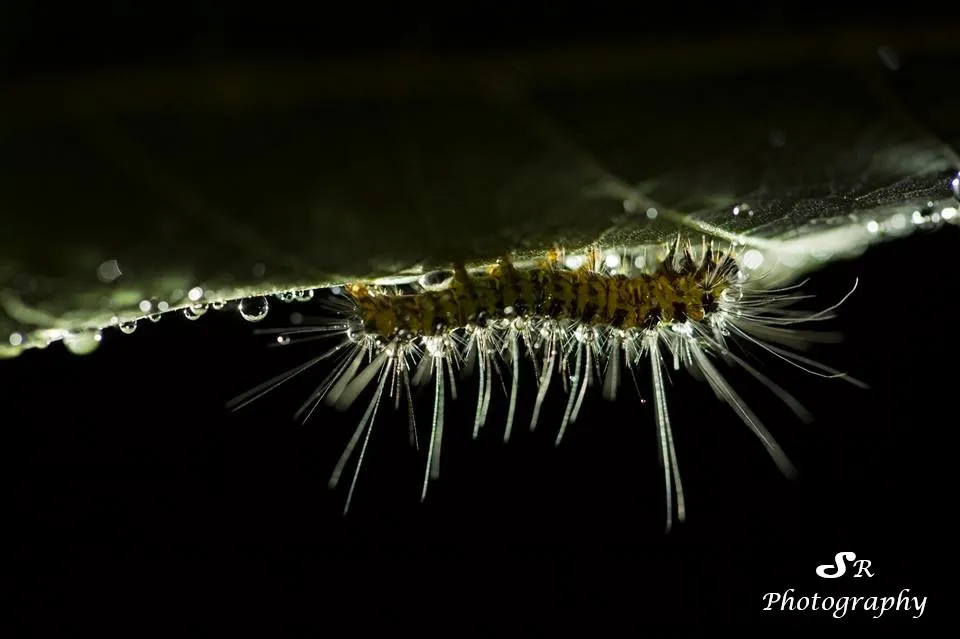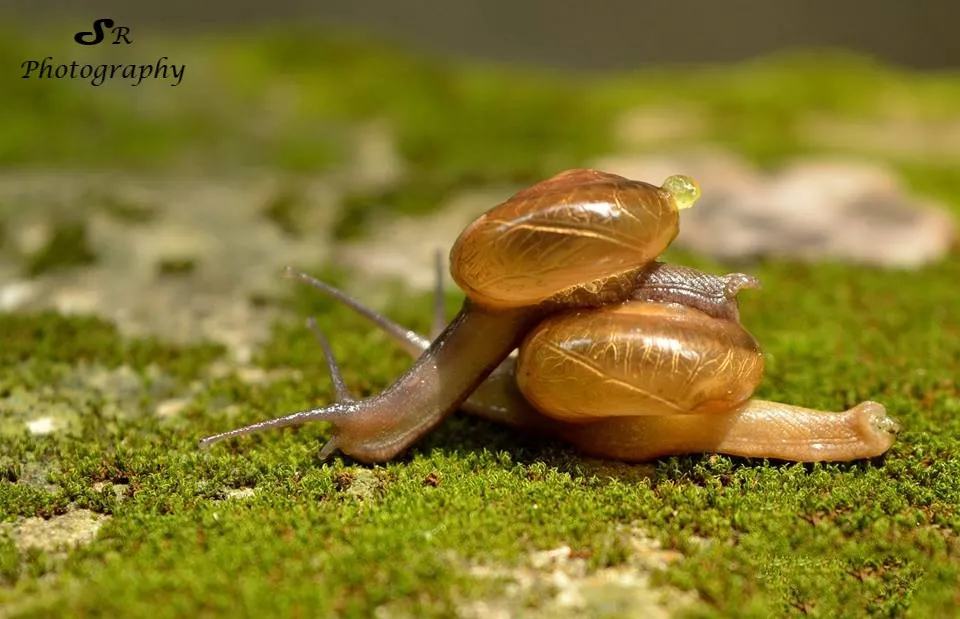Hey Steemians !!! How are you?
I am back with another interesting and fascinating topic for you. In this blog I would like to share some unique pictures of my collection with details. All of this pictures have taken in a small village of Andaman And Nicobar Islands from my last holiday trip. This was a very special and significant tour to me of this year (2018). We were at a group of 7 people and most of them were local photographers. Me and one of my friend A. Roy were the youngest guy among them.
So, after a long busy lifestyle I got a chance to visit Andaman & Nicobar Islands and I never wanted to lose that opportunity, (Complete my Photography Works about the Wild Creatures of this Beautiful place). Today I am going to share those pictures with a brief description. In this blog I have given importance to the Wild Creatures mainly. I am quite sure that as a fresher I can win your heart through my photography. I also want to your opinions or statements about my blogs to improve it more.
At first I am going to show you the most Interesting Part of this Photography Session. That is "Monsoon Mating Of Small Creatures". I gathered many pictures of small creature mating, but I am sharing you the best picture of my collection. I have taken this picture on the time of Stilt-Legged Fly's mating.

Sage Garvey, operations director at Burns Pest Elimination, said. “All insects need a little bit of humidity — that kind of sets them off and gets them going when it comes to reproduction.”
Insects are something we’re all superb used to dealing with, but it’s a while new ballgame when beavers come into the picture. The insects will start coming out in the Monsoon Session.
- The mating flight occurred 2 days after the first heavy summer monsoon rains, although there was very little precipitation on the day of the flight. Most of the males were hovering or swarming above small clumps of grass and rocks. Females entered the aggregation, after which multiple males simultaneously attempted to mate with them. After mating most females immediately shed their wings and searched for suitable nest sites; only a few females flew from the aggregation. All females carried a mealybug in their mandibles. In this way a mating system is done totally. Often in populations of insects, males of the species arise first as adults, and thus are available for mating when the females emerge.
My second interesting and favorite Photography Collection on this place is "The Spider Trap." This was the toughest moments I faced ever in my life. In this case a pair of bees bitten me while I was taking this picture.

A Spider Net or a Spider Web is a net or device created by spider out of proteinaceous spider silk excluded from its spinnerets and generally meant to catch its prey. I took many pictures of Spider Web but this is the best picture among all. And this is my favorite Photo of this trip.
Whenever I see Spider Web I can remember some facts about this interesting hunting device.
- SPIDER SILK TRANSFORMS FROM LIQUID PROTEIN TO SOLID THREAD WHEN IT LEAVES THE BODY.
- SPIDERS USE THEIR SILK FOR MUCH MORE THAN CATCHING DINNER.
- SOME SPIDERS' WEBS ARE LARGE ENOUGH TO CROSS ENTIRE RIVERS.
- IT CAN SURVIVE EASILY IN UNDERWATER.
- NOT ALL PARTS OF THE WEB ARE STICKY.
And the next one is another attractive picture of my collection. This is a Picture of Moth Caterpillar.

Caterpillars are typically voracious feeders and many of them are among the most serious of agricultural pests. In fact many moth species are best known in their caterpillar stages because of the damage they cause to fruits and other agricultural produce, whereas the moths are obscure and do no direct harm.
Most caterpillars live their lives quietly eating leaves (and, of course, pooping). They occasionally do any damage to the plant they live on. Sometimes, however, caterpillars can seriously harm trees and other plants. The gipsy moth caterpillar is a harmful pest of oak forests in the northern US.
Next, number 4 is a picture of two Common Garden Snail who are very close to them. This is a normal picture but I love the attractive behavior of this picture. So, I have listed this photo in my collection for you.

It is a small mollusk, with a shell/yashmak that has a globe shape and a slightly rough surface, with about 4 or 5 spirals. Not all individuals have the shell of the same color; some have it dark brown, but the majority has it light brown or with a golden hue; also, it shows several brown or yellow stripes. This shell has a large opening whose edges are white.
And now this picture show us that this is the Hunting Time. Crab Spider With Catch.

- Characteristics: Crab spiders are named for their crablike appearance and movements.
- Body: Crab spiders have two large, strong front legs that are used to grasp prey. They scuttle sideways with their hind legs, although some species do move like other spiders.
This picture was taken outside our hotel and all of a sudden. I went to a shop form some marketing and hopefully my camera was with me. As soon as I noticed it, I took this suddenly.
All of this pictures (Except the last one) was taken in that small village of Andaman & Nicobar Islands. This pictures are really too close to my heart. And today I share this with a short description with my lovely Steemians. Hope you guys enjoy it and you get some information about the Wild Creatures.
As a fresher on Steemit I am assuring you that I give you a impact and interesting blog and photography which make you happy and help you to know more. I just need your support so that I can grow on this field.
Your valuable comments and opinions are very important to me. If you like my work please support me and if you have any questions, you can ask me anytime, I love to talk with you guys.
I will definitely come back with the Part II of this blog very soon and this will be more interesting for you. So please Stay Tuned.

Connect With Me: -
Twitter - https://twitter.com/SouravR94742722Instagram - https://www.instagram.com/sourav96roy21/
Thank You For Being Here :)